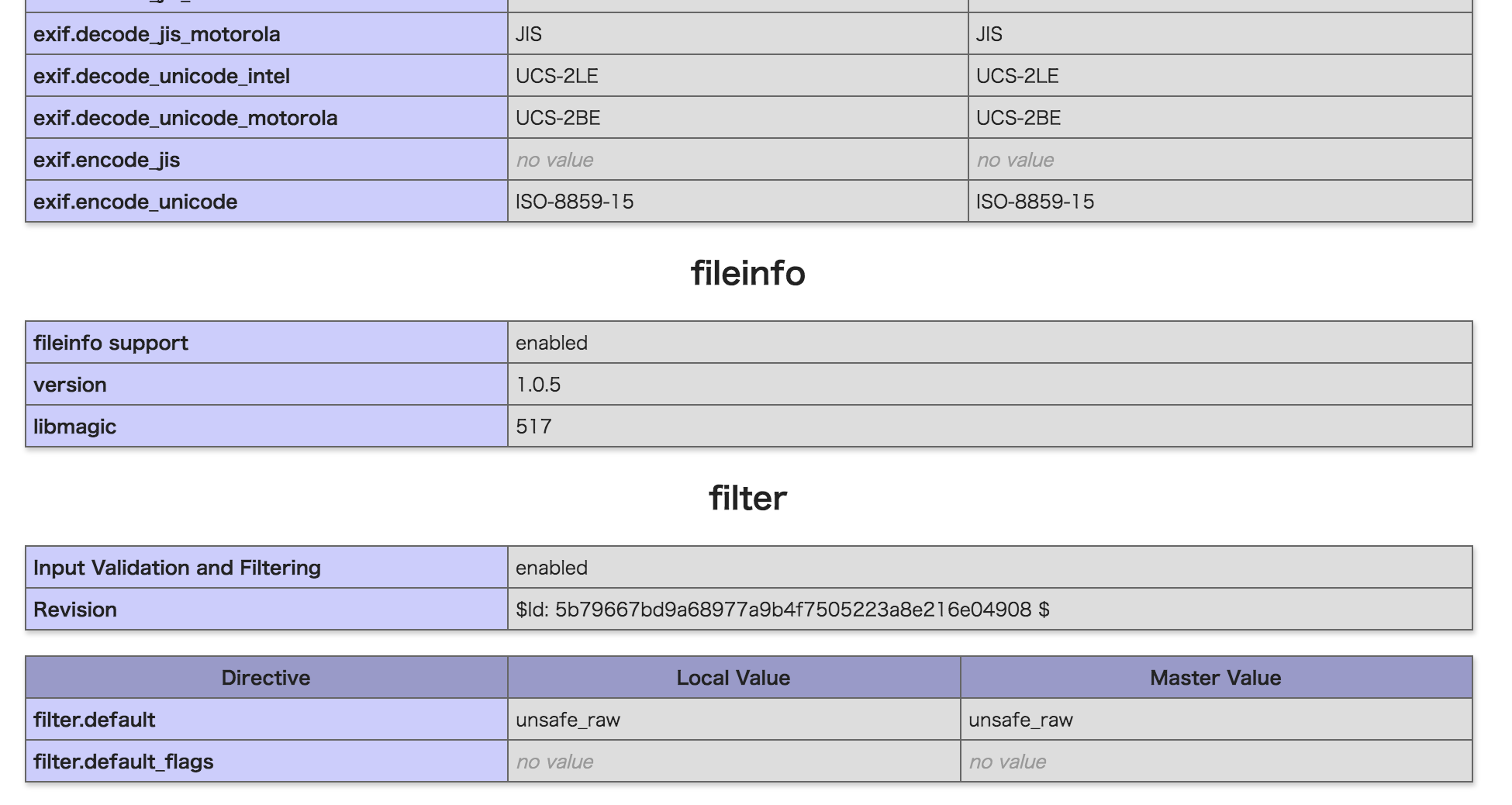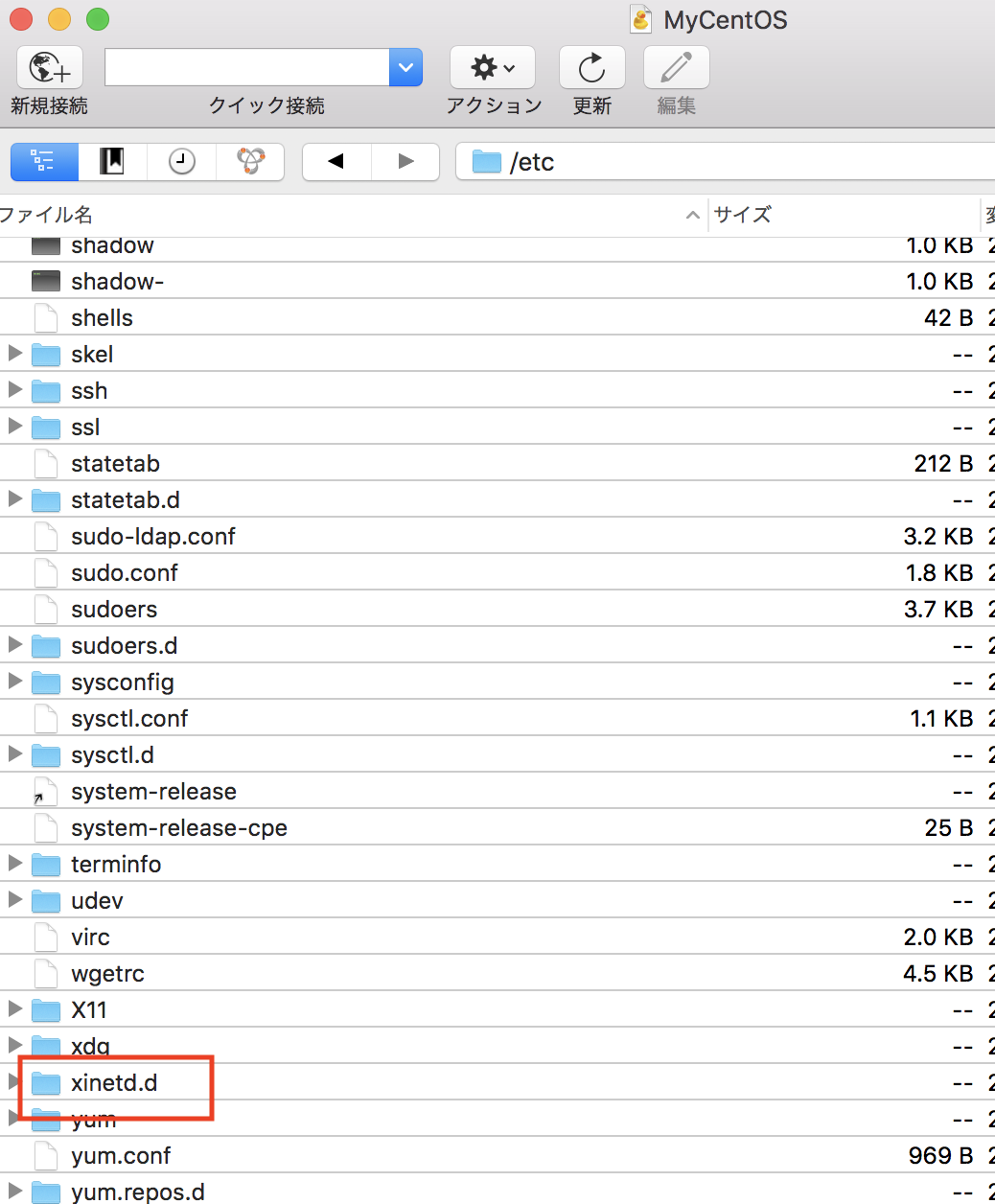半径rの円で、中心角の大きさ一定で1radと表す。
円周は2π
0° 0
30° 1/6π
45° 1/4π
60° 1/3π
90° 1/2π
120° 2/3π
180° π
360° 2π
これはわかります。
2/6π
sinθ 1/2
cosθ √3/2
tanθ √3/2
1/4π
sinθ √2/2
cosθ √2/2
tanθ 1
で、これの何が役に立つの??
音声認識を行う際に、音の波を解析するため、フーリエ変換が行われる
フーリエ変換は、複雑な波形を持つ関数を三角関数の足し算で表現する
よくわからんから、とりあえずgoogl home mini買ったわ

echo "30度"; echo sin(deg2rad(30)). "<br>"; echo cos(deg2rad(30)). "<br>"; echo tan(deg2rad(30)). "<br>"; echo "60度"; echo sin(deg2rad(60)). "<br>"; echo cos(deg2rad(60)). "<br>"; echo tan(deg2rad(60)). "<br>";


